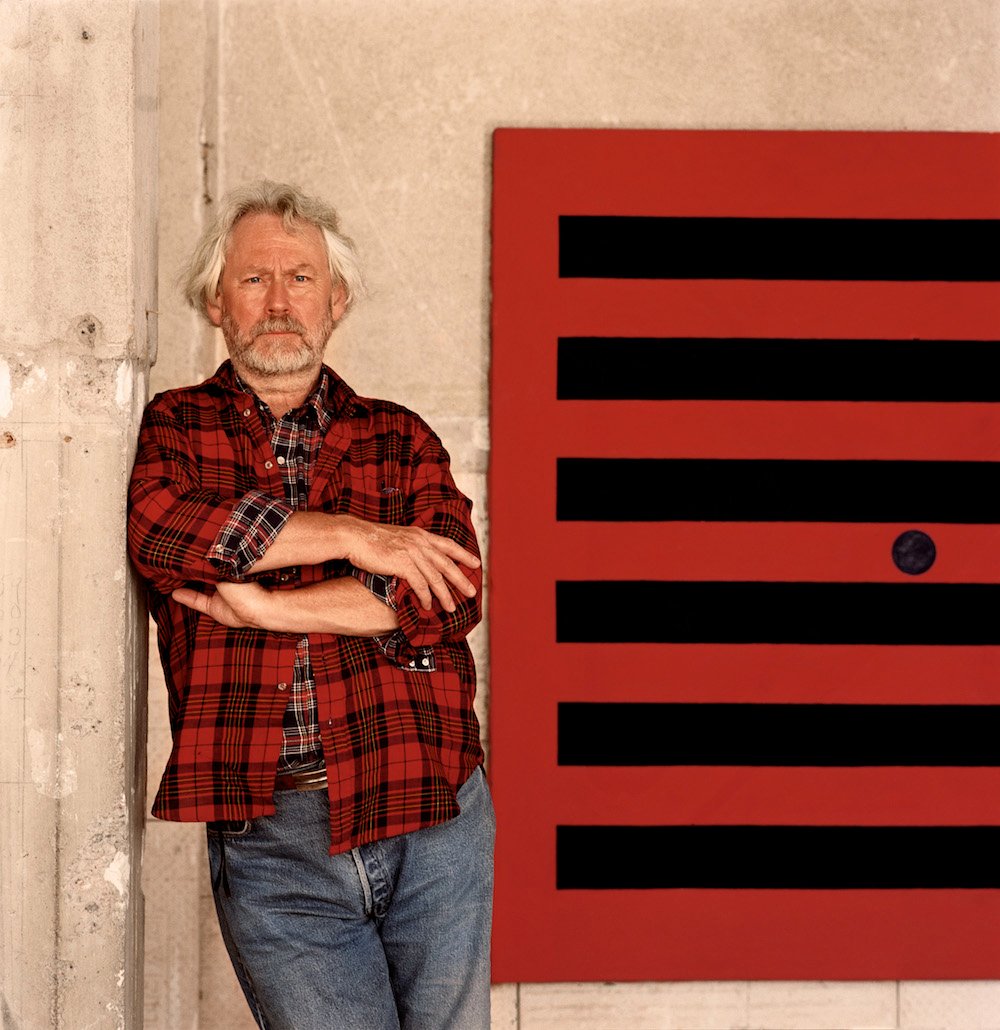
After more than a decade working with David Zwirner Gallery, the Donald Judd Foundation is making a change. The foundation, which oversees the estate of the famous Minimalist pioneer, will now be represented by Gagosian. Thaddaeus Ropac gallery continues to represent the Judd Foundation in Europe, as per the arrangement when Zwirner was representing.
The move completes a mega-gallery hat trick for Judd. The notoriously exacting, highly opinionated artist was represented by Pace in the early 1990s until his death in 1994.
Any moves between these fiercely competitive top dealers these days is watched closely, and this shift is no exception. The Judd Foundation has worked with Zwirner since 2011. The gallery has mounted 20 group and solo exhibitions of the artist’s work dating back to 2001, according to its website.
“The priority is always the exhibition of Don’s work in circumstances which reflect the conditions he required,” said the artist’s son Flavin Judd, the foundation’s artistic director, in an email to Artnet News. “Our partnership with Gagosian can broaden the understanding of his work and we look forward to the range of possibilities for their sites worldwide.”
The foundation tested the waters with Gagosian last year, when it collaborated with the gallery to present the artist’s monumental 1980 plywood sculpture Untitled at its 21st Street branch in Chelsea from March to September 2020.
The large-scale, unpainted work had not been shown in New York since its debut at Castelli Gallery in 1981. “The expansive dimensions of the Gagosian space made it an ideal site for the 80-foot-wide installation,” the gallery said in a statement today. Flavin Judd, the artist’s son and artistic director of the foundation, told the Financial Times that Gagosian had the only space that could accommodate the sculpture.
Last year, the Museum of Modern Art presented a major, long-in-the-works retrospective of Judd’s work, which coincided with the Gagosian display. (Zwirner presented a survey of Judd’s work from 1970 to 1994 across three of its Chelsea storefronts at the same time. A representative for the gallery did not immediately respond to a request for comment on the role these shows may have played in the decision.)
Judd is best known for his stack sculptures made with industrial materials and production processes, but he began his career as a painter and also worked as an art critic and writer.
“It is impossible to consider the history of American art without Donald Judd,” Larry Gagosian said in a statement. “We got to know each other in New York in the early 1980s and he was one of the first artists whose work I really admired…. Being a partner in realizing his vision and presenting his work as he intended is a great honor for me and the gallery.”
The auction record for a work by Judd, set in 2013 at Christie’s New York for a 1963 wall sculpture, is $14.2 million. The artist’s top auction price for a stack sculpture, $10.2 million, was recorded in 2012.
“The Judd Foundation has done, and will continue to do, amazing things for the legacy of Donald Judd and we were happy to support them over the last 11 years,” David Zwirner said in a statement to Artnet News. “That being said, and now that the major MoMA retrospective has come and gone, the moment seems right for someone else to support the foundation. This gives us the opportunity to continue to use our expertise in Donald Judd’s secondary market.”